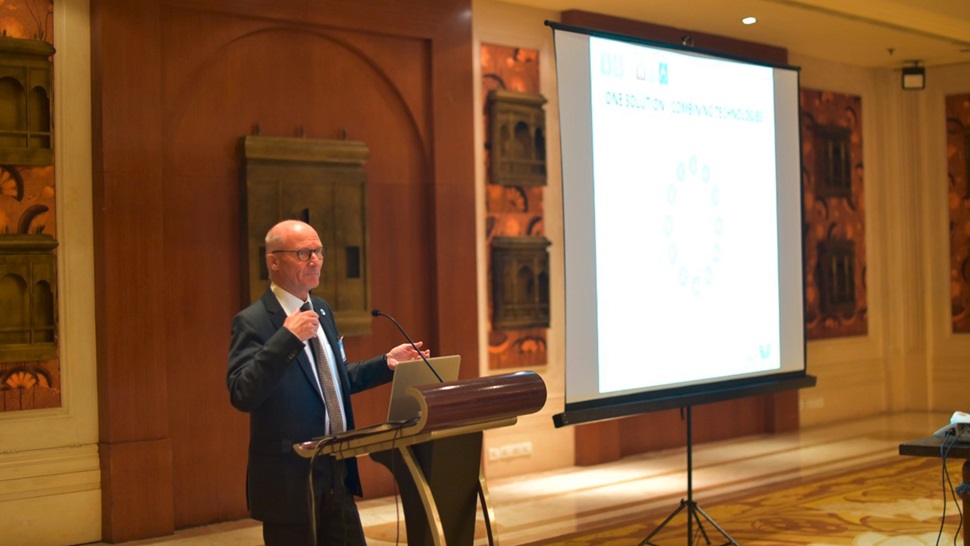
Green strategic partnership: turning intentions into practical, life-changing projects
Since the green strategic partnership was signed back in May, by Prime Ministers Narendra Modi and Mette Frederiksen, there has been a lot of online activity between Danish and Indian players in the water sector – with the Danish embassy in Delhi as main facilitator. 21-06-2022
From concept to hands-on projects
Following all the good intentions, the task will now be to transform them into actual projects.The Indian government has an ambition to reduce the country’s average water loss of about 50% to – in the first move – around 20%.
Last week, a delegation visit to India was arranged by the Danish embassy, DI (the Confederation of Danish Industry) and Danish Water Forum. Around 70 people from Indian authorities were gathered to listen to pitches from Danish companies presenting how to cope with challenges such as: water loss, energy loss, wastewater collection and management, pollution of rivers and lakes, and much more.
Especially the Ministry of Jal Shakti, which are responsible for the entire household water supply in India, as well as the Ministry of Housing and Urban Affairs invited participants to ensure a close collaboration and to try and establish a pilot project demonstrating a water solution based on Danish principles.
Therefore, it was a pleasure to present the Danish LEAKman project which fits right into the sustainable water management agenda.
During the visit we also met with Larsen & Toubro, one of India’s largest engineering and contractor companies, who of course see themselves as natural allies in such a pilot project. Larsen & Toubro signed an MoU (Memorandum of Understanding) with AVK and DI, so it makes perfectly good sense to activate the collaboration in such a project.
Read more about the official visit by PM Narendra Modi and the MoU signing here.

Site visits and inspiration
Fortunately, we also had some time to look at some site installations in between all the high-profile meetings.
We visited the Reverse Osmosis facility in Chennai, which on a daily basis treats more than 45 million litres of water for industrial use. The water is reused water, which in part comes from surface water, desalinated sea water and groundwater, but primarily from cleaned wastewater transported in from local wastewater treatment plants. The facility is driven by VABAG, a commercial company, which over time has faced the fact that it is not possible to just keep pumping water from the ground; the combined water cycle of the society needs to be sustainable and efficient.
The water from the facility is pumped through a 600 mm pipeline 65 km out of the city to an industrial area, where it becomes part of various industrial processes: i.e. the car industry.
At AVK, we are looking forward to taking part in the many important initiatives that will take place in India in the coming years.


